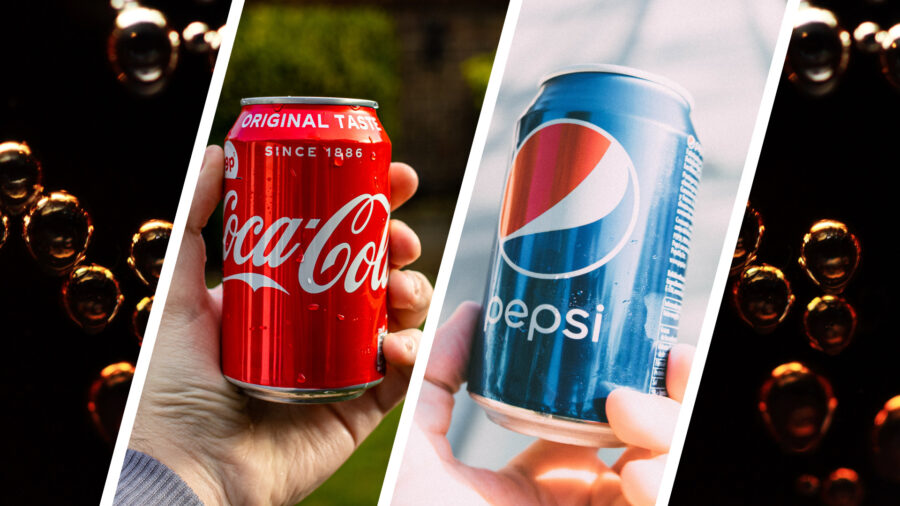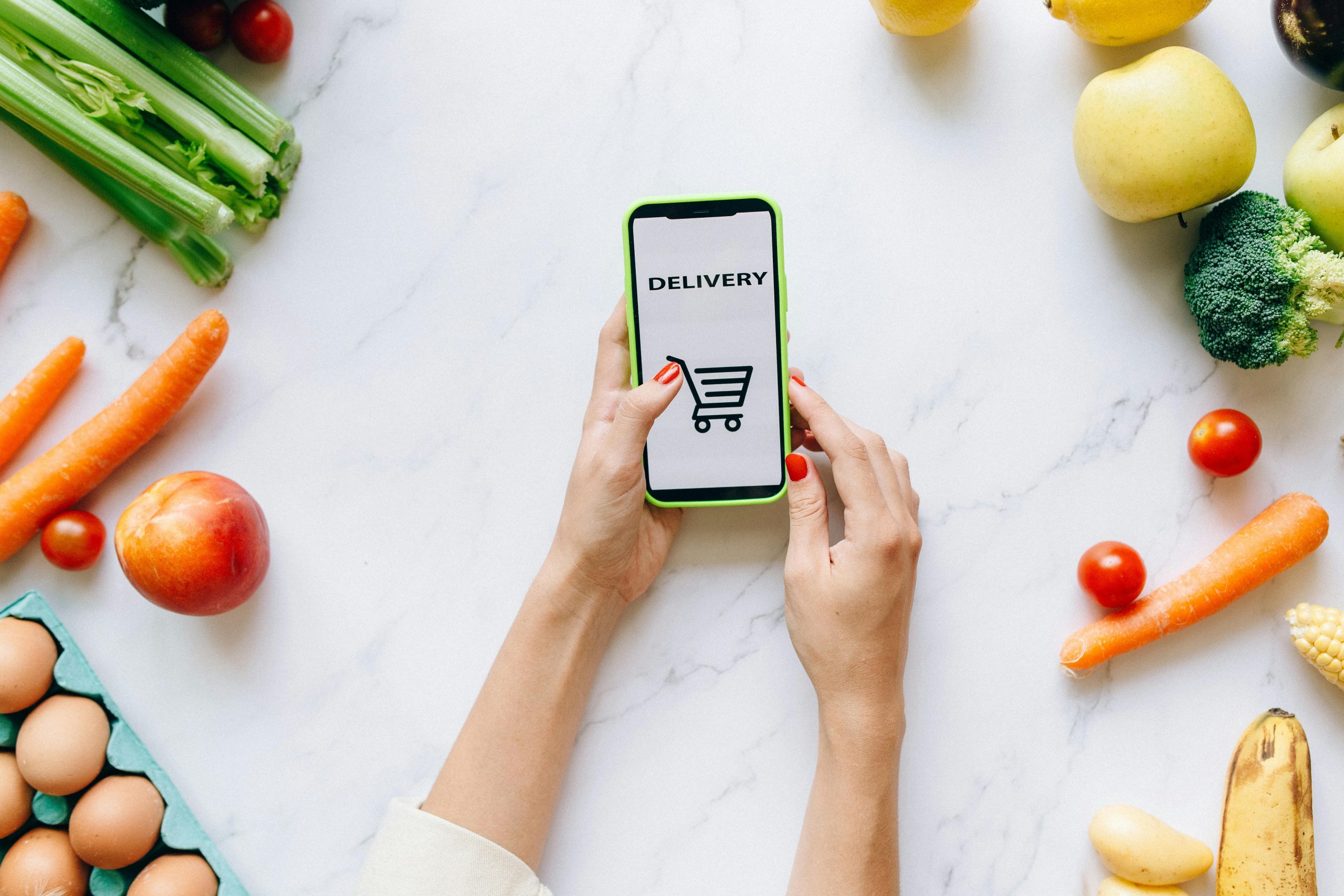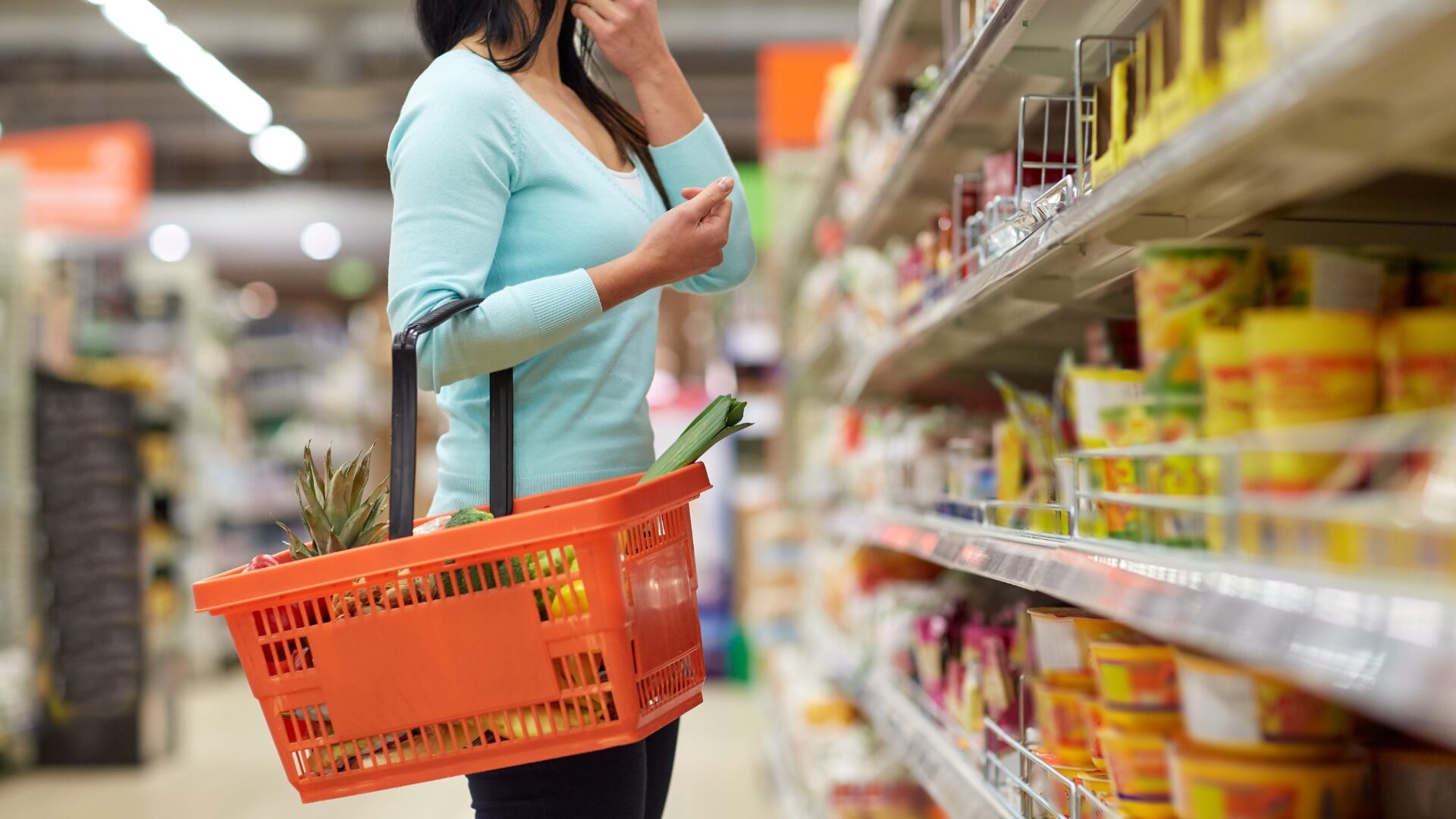For Coca-Cola and PepsiCo, 2022 seems like it should have been a difficult year. As we discussed just a couple months ago, the challenges facing the food and beverage industry are numerous.
Inflation continues to run hot, ostensibly applying pressure on consumers to trade down to smaller sizes and/or private label alternatives. Fears remain that the U.S. economy inevitably is headed for a slowdown; a number of global markets already are in a recession. To make matters even worse, the strong dollar is pressuring revenue and profits in those overseas markets, which account for roughly 40% of sales for PepsiCo and well over half for Coca-Cola.
And yet, both companies have posted strong performances in 2022. Including dividends, the Standard & Poor’s 500 index is down 18.5% year-to-date. But (again, including dividends) shareholders in Coca-Cola have gained about 8%, and those in PepsiCo over 6%.
To some extent, both stocks benefit from declining broad markets. In times of turmoil, investors often gravitate to these so-called “defensive” stocks, which are seen as lower-risk options.
But strength in the underlying businesses undoubtedly is the primary factor.
For Coke, the story is relatively simple: its financial results don’t seem to reflect any pressure at all. Through the first nine months of the year, unit case volume is up 6% year-over-year. Surprisingly, it’s the North American market that has been the laggard, growing just 2%.
That unit growth has come alongside pricing strength. Per commentary from regulatory filings, Coke saw “favorable pricing initiatives” in every one of its businesses excluding Costa Coffee.
“To some extent, both stocks benefit from declining broad markets. In times of turmoil, investors often gravitate to these so-called “defensive” stocks, which are seen as lower-risk options.”
Despite those higher prices, even greater cost increases have led to modestly lower gross profit margins. But for the most part, Coca-Cola has been able to pass along increased costs to consumers while also pushing more units to those consumers. It’s an impressive combination that suggests real brand strength.
For PepsiCo, the story in some ways doesn’t look quite as impressive. Year-to-date (Pepsi’s first three fiscal quarters cover 36 weeks), volume in convenient foods was up 1.5%, and beverages 5%. But in North America, volumes are basically flat; in Europe, they’re down.
Where PepsiCo has been strong is in unit growth in developing markets and in pricing at home. Frito-Lay North America sales are down 1% year-to-date in units — and, incredibly, up 16% in dollars. Quaker Foods has taken 16 points in pricing in North America; the beverages business has taken 12 in the same market.
Here, too, cost increases have overwhelmed even those aggressive price hikes, but not by much. Pepsi’s adjusted operating margins have stayed close to intact.
The concern is that, as well as both companies have executed, at some point the consumer is going to push back. But with the dollar finally weakening of late, and no sign that consumer spending is headed for a cliff, investors remain optimistic. After all, if Coke and Pepsi are in the green in a year like this, what might they do when the external environment inevitably gets easier?
Vince Martin is an analyst whose work has appeared on multiple financial industry websites for more than a decade. He’s the lead writer at Overlooked Alpha, which offers market-wide and single-stock analysis.











